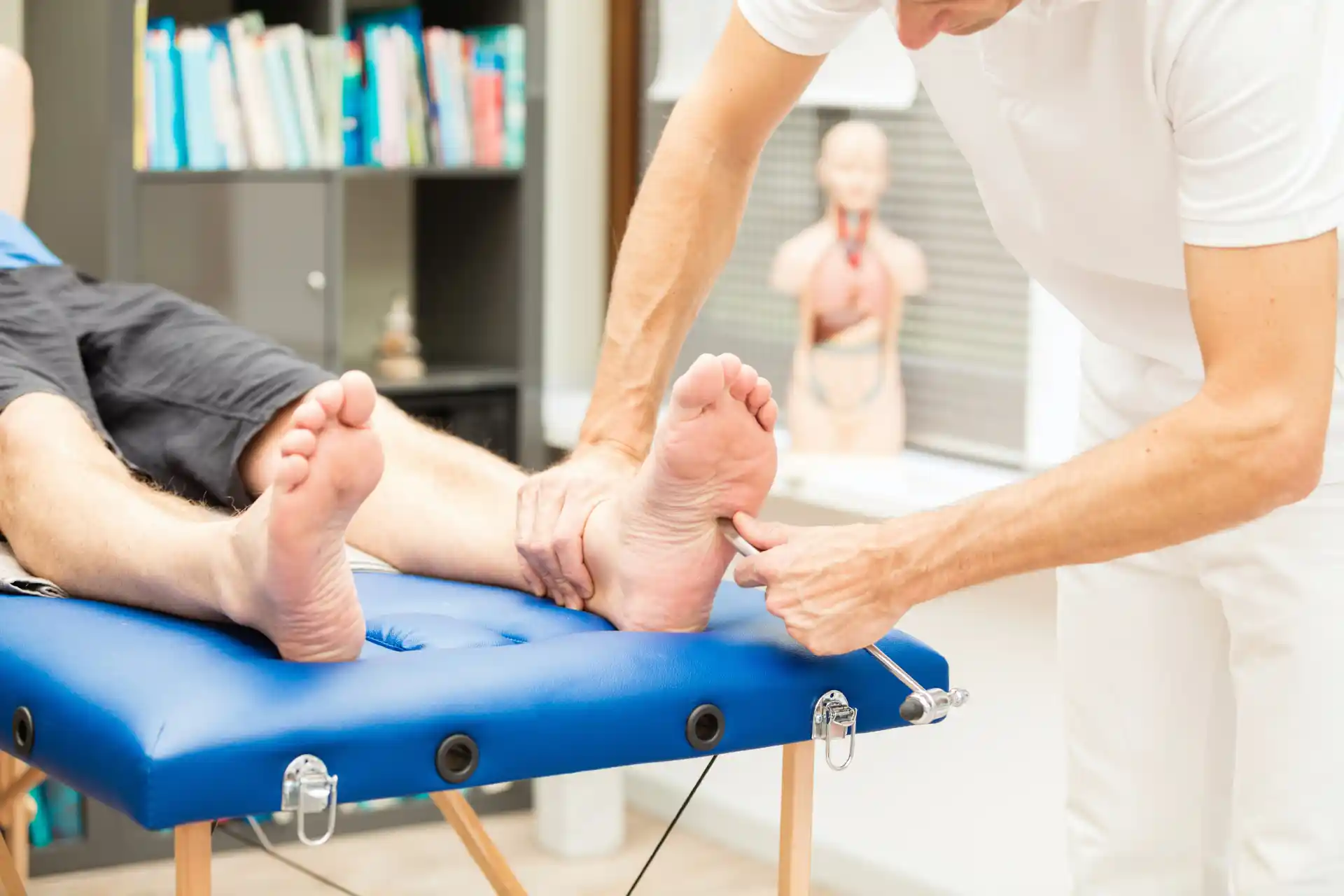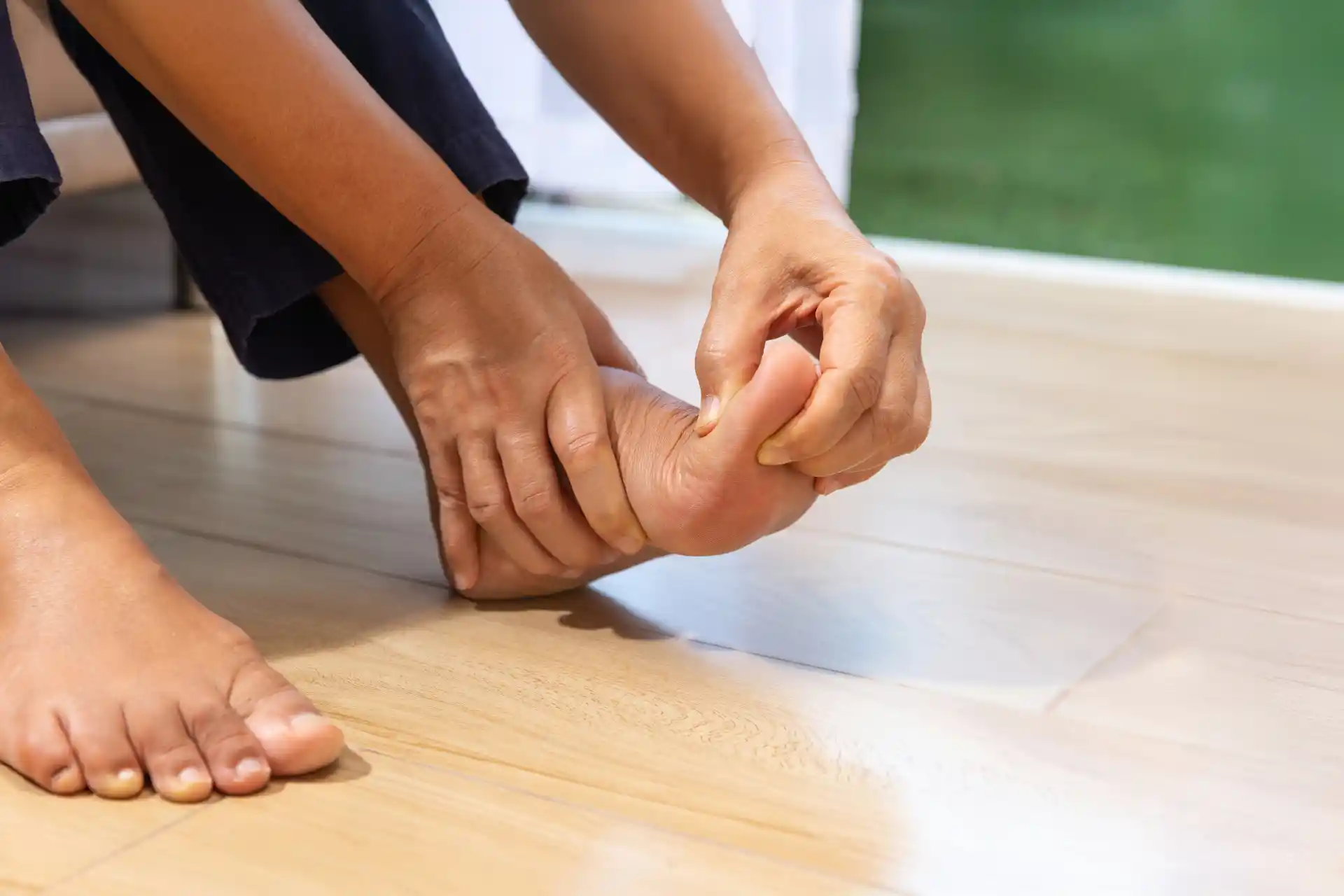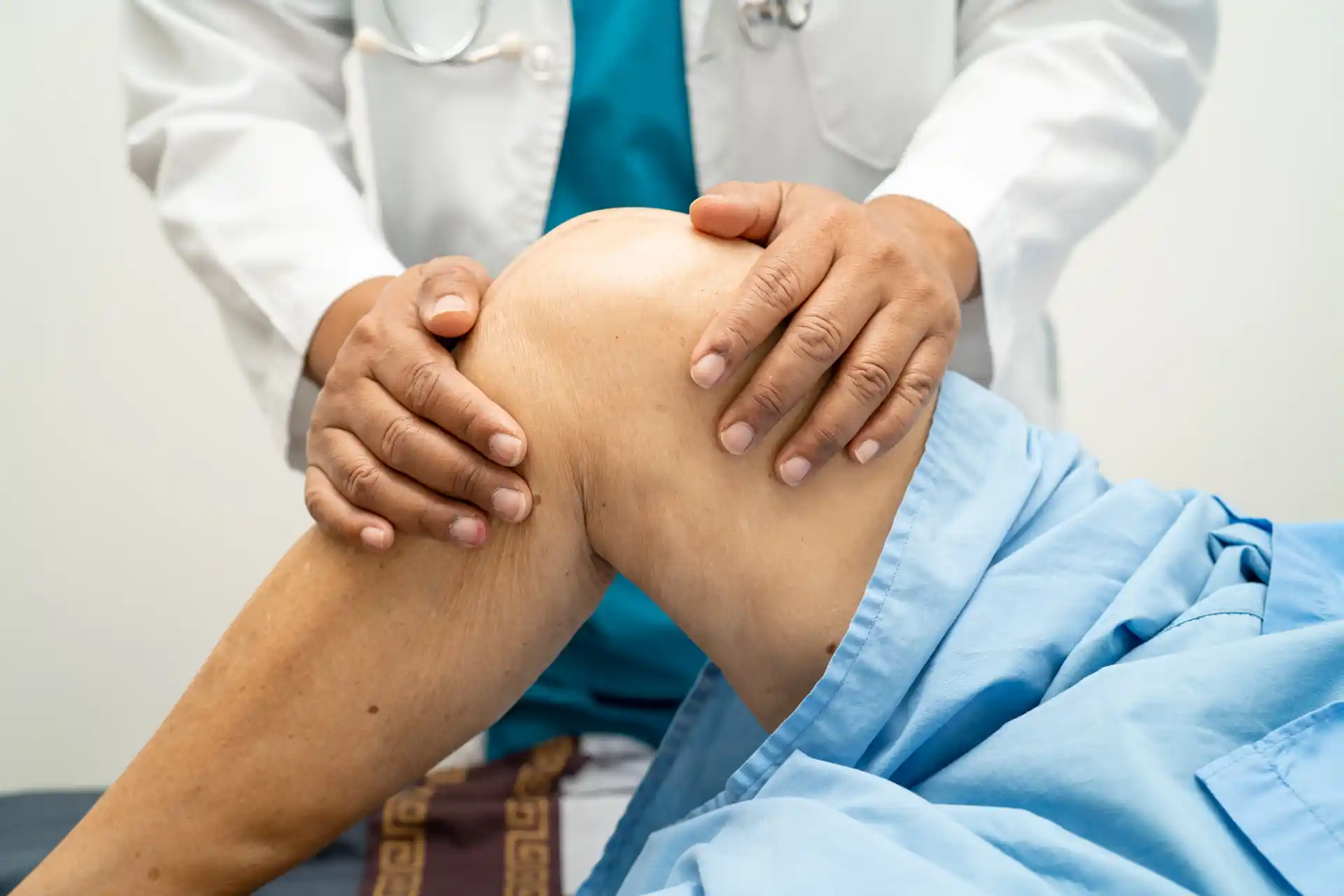Carpal tunnel surgery can be a life-changing step if you struggle with numbness, tingling, and ongoing wrist pain.
Many people find that non-operative treatments help temporarily, yet some cases call for a more definitive fix.
If you’re wondering whether it’s your best path to relief, read on for data-backed insights and practical tips.
Understanding Carpal Tunnel Syndrome
Carpal tunnel syndrome is not just an occasional wrist ache. It’s a nerve compression issue that affects the median nerve in your wrist, leading to sensations such as numbness, tingling (often described as paresthesia), and weakness in your hand. You might notice these symptoms more at night, or after repetitive motions like typing and using a mouse.
Recognize Key Symptoms
You’ll often feel carpal tunnel syndrome first in your thumb, index, and middle fingers, because the median nerve mainly serves those areas. You could also experience:
- Pins-and-needles feelings in your fingertips. If these persist, see our article on numb fingertips.
- Weak grip strength, making it harder to open jars or hold a coffee mug.
- Occasional shooting pains radiating into your forearm or even up to your shoulder.
The good news—this condition usually develops slowly, so you’ll have time to explore treatments before nerve damage becomes severe.
Spot Contributing Factors
Carpal tunnel syndrome can happen for many different reasons, from something as basic as a smaller wrist structure to repetitive workplace motions.
Health conditions such as diabetes, thyroid issues, and rheumatoid arthritis can also worsen median nerve compression (Mayo Clinic).
Some other triggers include:
- Frequent bending of the wrist during manual labor.
- Vibration from power tools or assembly lines.
- Hormonal changes during pregnancy.
- Family history of nerve compression syndrome.
If you’ve tried simpler fixes (like a carpal tunnel brace at night) and haven’t found significant relief, it may be time to look at surgical options.
Explore Carpal Tunnel Surgery
Carpal tunnel surgery, formally called carpal tunnel release, aims to free the median nerve by cutting a tight ligament in your wrist.
This unlocking relieves the pressure responsible for those painful, tingly sensations. Most people undergo this operation in an outpatient setting (Hospital for Special Surgery).
Compare Open And Endoscopic
There are two main approaches: open surgery and endoscopic surgery. Here’s a quick look:
Open Release:
- A small incision near your palm, then the surgeon cuts through the ligament directly.
- Straightforward technique, often slightly less expensive.
- Larger incision can mean a longer healing period.
Endoscopic:
- A tiny camera (endoscope) inserted through one or two small incisions, guiding the release.
- Less pain and scarring, faster return to work for many patients.
- May require specialized medical professionals and more costly.
In either case, the ligament that presses on your nerve is cut and provides relief. Over the next few months, the tissue grows back in a way that creates more space for the median nerve.
Weigh Outcomes And Risks
Carpal tunnel surgery has a high success rate. It’s also considered a permanent solution for many individuals, as the syndrome rarely returns once the release is properly done (NIAMS).
That said, any surgery carries risk, so it helps to see both sides of the coin.
Understand Short-Term Effects
Right after your operation, you might feel:
- Temporary pain or soreness around your incision.
- Stiffness in the wrist or fingers, which usually subsides with gentle motion exercises.
- Mild swelling, controlled by elevating your hand or using an ice pack.
Common post-op steps—like keeping your hand elevated and avoiding forceful wrist movements—can speed your recovery.
Many patients return to daily tasks within a few days, though heavy lifting or athletics might need a longer pause.
See The Longer Recovery Outlook
While early relief can be dramatic, full recovery sometimes stretches over weeks or months.
Nerves that were compressed for a long time can take up to a year to fully bounce back, particularly if you had muscle atrophy or severe nerve changes before surgery (CarpalTunnel.ie).
Occasional risks include:
- Nerve or blood vessel damage (under 1%).
- Pain and sensitivity at the scar site.
- Rare conditions like complex regional pain syndrome (CRPS), marked by persistent burning or swelling.
Speak with your doctor about any unusual symptoms, such as redness, fever, or worsening pain, because prompt care can prevent further complications.
Consider Non-Surgical Treatments
Surgery offers a significant success rate, but it’s not your first or only option. If your symptoms are mild to moderate, try a few conservative steps first.
Use A Brace And Adjust Activities
- Wear a carpal tunnel brace at night to hold your wrist in a neutral position, relieving numbness when you wake up.
- Choose work tools that fit your hand comfortably. Overly large grips can strain the wrist.
- Take micro-breaks if you do repetitive tasks. Even 30 seconds every hour can help.
Explore Steroid Injections
Cortisone injections, also referred to as corticosteroid shots, can relieve some symptoms for approximately three months on average. Interestingly, around one-third of patients who receive such an injection never need carpal tunnel surgery (ASSH). This could be a great bridging solution if you’re not sure about a full surgical approach yet.
Embrace Healthy Habits
Simple lifestyle tweaks can help you manage or even avoid worsening symptoms:
- Maintain a healthy weight to lower the chance of added pressure on the wrists.
- Incorporate carpal tunnel exercises such as gentle wrist stretches.
- Keep up regular physical activity that focuses on overall joint health.
- Stay mindful of posture while typing, ensuring wrists aren’t fully bent.
If you’re dealing with advanced or persistent discomfort, it may be time for a professional evaluation, such as a carpal tunnel syndrome test, to measure your nerve conduction.
These results can help your specialist decide if surgery is right for you.
Seek RELIEF®
RELIEF® is a science-backed, targeted approach that targets dysfunctional fascia—connective tissue that may contribute to nerve compression and carpal tunnel syndrome—and requires no steroids, medication, surgery, anesthesia, or post-procedure immobilization.
Using a minimally invasive technique called hydrodissection, RELIEF® releases stuck or adhered layers of fascia and soft tissue, that may be putting pressure on nearby nerves. This process may help relieve the tingling, numbness, and pain often associated with conditions like carpal or cubital tunnel syndrome.1,2,3,4,5,6
Enjoy A Smoother Recovery
Whether you decide to have surgery or try alternatives, a thoughtful recovery plan is vital. A few practical tips to boost your outcome:
- Follow A Structured Rehabilitation
Physical therapy or guided exercises help you rebuild strength. Even if you feel your wrist’s range of motion is fine, gentle routines can prevent long-term stiffness. - Gradually Increase Activity
Don’t jump back to heavy lifting or sports too soon. According to the Hospital for Special Surgery, most people can resume daily tasks in a few days, but high-impact activities might take four to six weeks. - Talk To Your Specialist
If you notice persistent tingling or wonder why your thumb still feels weak, you might want to explore our article on why is my thumb numb. Open dialogue helps your provider spot potential complications early. - Maintain Good Wrist Habits
Try to keep your wrists neutral, avoid prolonged bending, and break up repetitive tasks. These small changes can make any treatment plan more successful in the long run.
Choose the option that makes the most sense for your everyday life. You’re in control of your wrist health, and it’s easier than you might think to move toward relief.
By combining open dialogue with your healthcare team, data-backed facts about surgery, and thoughtful lifestyle changes, you’ll be well on your way to a healthier, happier hand.
If you are in the area and looking for a Miami wrist pain specialist, contact us today to schedule a consultation and learn more about how RELIEF® may help with compressed nerves and cubital/carpal tunnel symptoms.


%20Self-Care%20for%20Carpal%20Tunnel%20Syndrome%20Relief%201.jpg)



.svg)